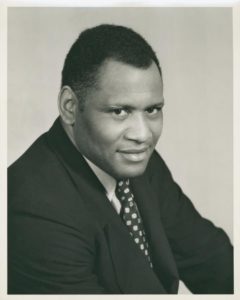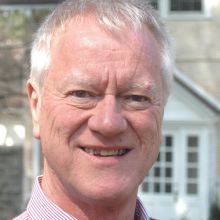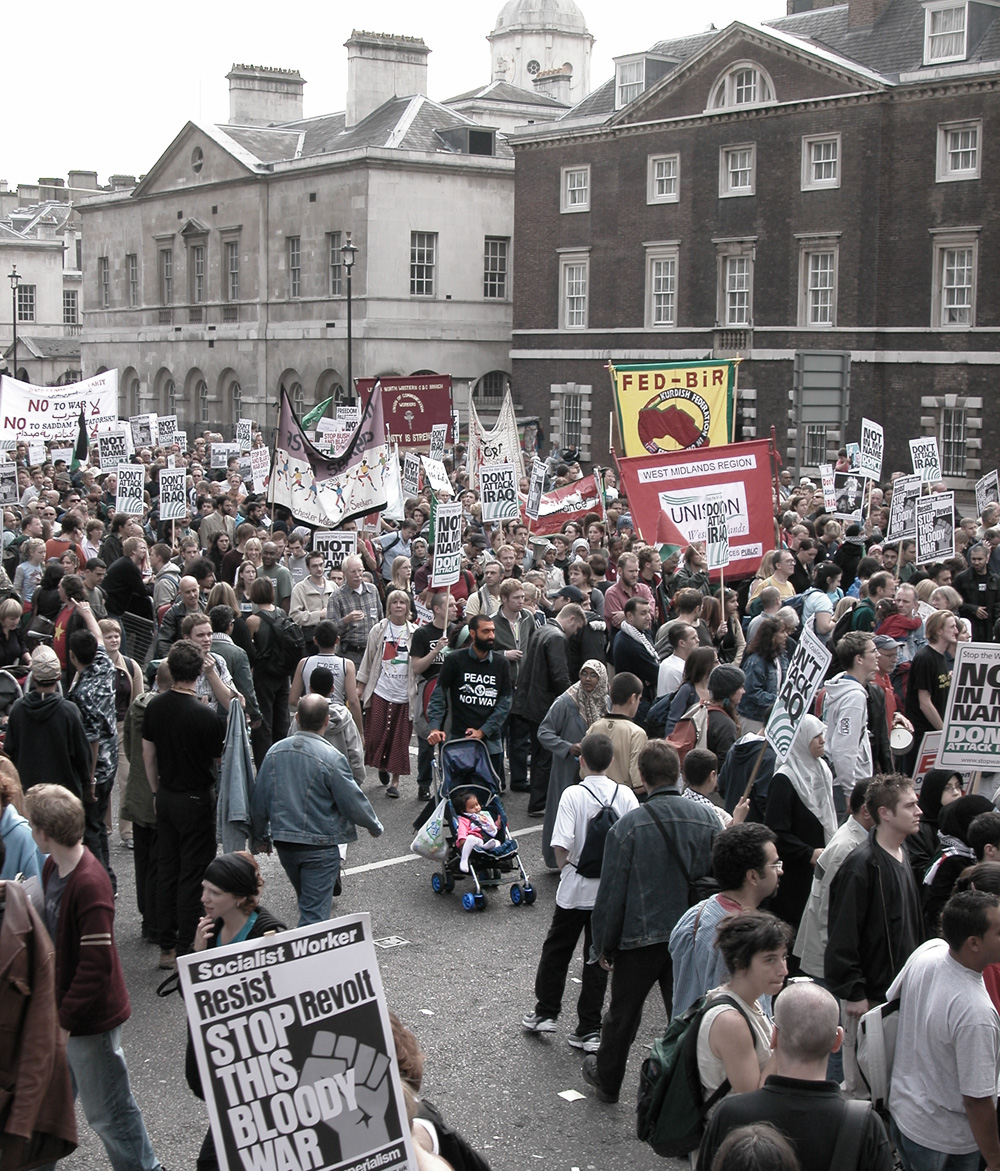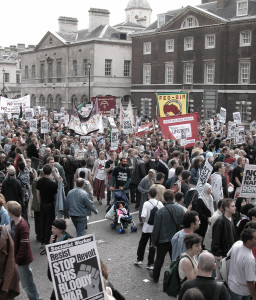The Forgotten Factor: People Power!
-
Largely missing from the wailing and lamentation and finger-pointing over the US election result is the enormous non-electoral-politics based resistance. Yes, it’s true that Trump not only won but has at least temporary control over both Houses of Congress and a majority of the Supreme Court and several appellate courts. Yes, it’s true that the next few years will be very ugly and will cause a lot of pain. But there’s still hope.
I’ve been on many “what-do-we-do-now?” calls since the election. Organizing is going on at hundreds of organizations, mobilizing tens of thousands of people. I was on one call organized by 200 organizations (including major players like MoveOn and Public Citizen) that drew an astounding 140,000 registrants.
In the era before most people had Internet access or a cell phone, and long before COVID forced us to develop new ways of organizing, Gene Sharp listed 198 different nonviolent resistance tactics, grouped under three umbrella categories: nonviolent protest and persuasion, social/economic/political noncooperation, and nonviolent intervention. We can certainly add at least 100 that have been developed since. Here’s an example that I just saw this week:
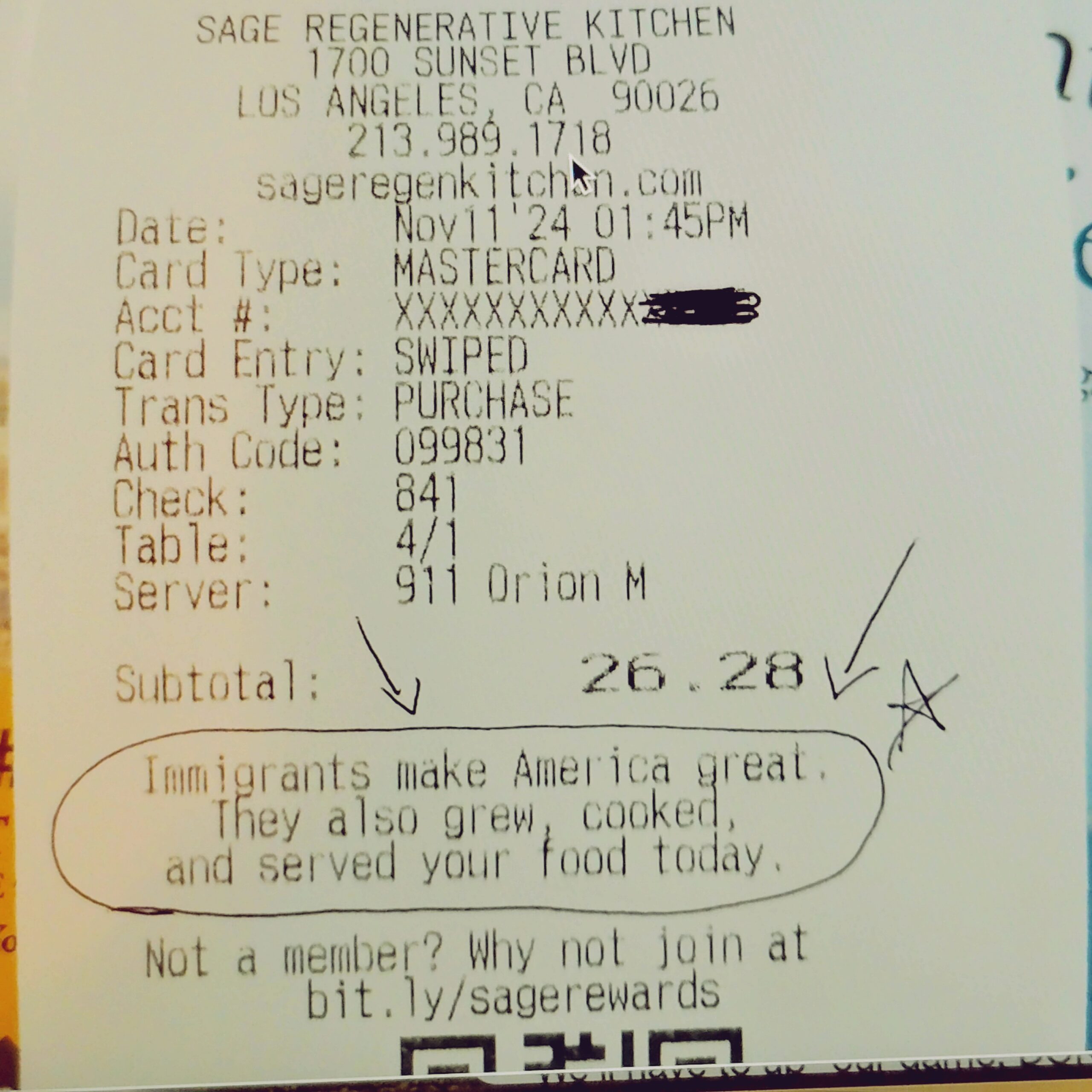
A restaurant uses its receipts to point out three relevant ways immigrants make the country great. And during the pandemic, I participated in various actions that were designed to create a visible public presence without exposing people to the germs of strangers. One that I especially remember was a parade of decorated cars, each with only one or two people but taking up more than half a mile of contiguous and mobile visibility as it snaked through town (accompanied by lots of horn honking and shouting, of course). As a USArian, I see the Left in this country as far better organized than we were in 2016-17. I also see Trump as physically and mentally diminished, unable to even stay awake during his own criminal trial. People mobilized in huge numbers back then and were able to curb some of the worst aspects of Trumpism. And, by withdrawing institutional and personal support from institutions that betray the populace, while at the same time building our own institutions to replace the flawed ones (think food co-ops as alternatives to agribiz-oriented huge national supermarket chains, credit unions, community banks, and local currencies instead of big national banks, homeschooling networks for kids who don’t fit in at public school…) we can continue our resistance.
Even within the very government he will control, there is resistance. Already, we’ve seen the Republican Senate refusing to abdicate its oversight on Trump’s appointment—and his ridiculous, unqualified nominations will strengthen the resolve of every Republican Senator who actually cares about the country (which I believe, is most of them) to use their power of advice and consent. And career employees at many government agencies are refusing to cooperate with Trump’s transition team until Trump and his appointees sign the standard ethics disclosures.
Unfortunately, the Right is also better organized AND has a lot more sitting judges and Justices who have shown alarming willingness to make policy up out of old bandaids and spider webs–certainly not based on precedent. BUT the Right is in the unenviable position of pushing wildly unpopular policies, supporting a president who has no understanding of real policy impact, constantly changes his mind, and demands absolute loyalty—or putting their own power and positions at risk by opposing him—and at the same time attempting to keep government functional, bring government money back to their districts, etc.
Someone pointed out that Gaetz’s withdrawal (which also potentially lowers the House majority, as do Trump’s other nominations of sitting members of Congress) had a lot to do with citizen outrage AND Trump overreach in trying to bypass the confirmation process. To me, the important takeaway is that we still have power and we can still make a difference as long as we don’t preemptively abandon the effort. It will be a give-and-take. It will be very hard to live in the US for the next few years, but there will be active nonviolent response, resistance, and resilience. And yes, we will face many defeats, and real people will be hurt. But we already have victories to celebrate (not just Gaetz but the passage of reproductive rights in seven states—four of which voted for Trump—and election of progressive judges in several traditionally conservative states, plus several unexpected Congressional victories). And we will have many more victories down the line.

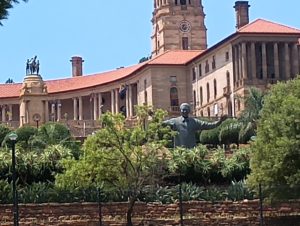 Check out this
Check out this 

